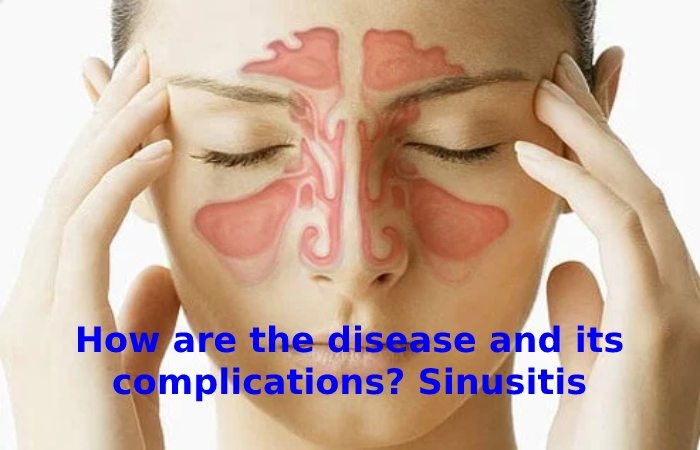Sinusitis – Many of us are very familiar with sinus inflammation. This pathology is called Sinusitis, and the inflammation caused by bacteria, viruses, fungi, or allergens. Besides, Sinusitis can affect one or more sinuses, be one or two-sided, occur in an acute, chronic form. According to the localization of the area of inflammation, Sinusitis includes:
- frontal Sinusitis (inflammation in the frontal sinuses)
- sinusitis (inflammation of the maxillary sinus);
- sphenoiditis (inflammation of the sphenoid sinus);
- ethmoiditis (inflammation of the ethmoid labyrinth).
Sinusitis (Sinus) Infection – Causes of the Disease
The main reason for the development of Sinusitis is a violation of the outflow of serous contents from the sinuses. And also, the sinuses transfer with the nasal cavity through narrow channels through which the contents outflow. If for any reason, the liquid does not come out and accumulates in the sinus, then an inflammatory process occurs against this background. Channel blockages can occur for a variety of reasons:
- against the background of bacterial or viral infection;
- deformation of the intranasal structures (curvature of the nasal septum, structural anomalies);
- prolonged inhalation of cold air or chemical poisoning;
- allergic reactions;
- fungal infection during infection, or arising from a violation of the microflora of the sinuses due to uncontrolled intake of antibiotics.
How are the disease and its complications? Sinusitis (Sinus) Infection
In addition, Sinusitis Pain in the projection of the sinuses, nasal congestion, and impaired nasal breathing are the main signs of the inflammatory process. So, Pathology is one of the common diseases in adults and children and is often a complication of respiratory disease.
Against the background of the inflammatory process, the body temperature rises, there is a headache, pressing pain in the inflamed sinuses, the area of the nose and eyelids swells. Serous-purulent contents separate from the nose. Frontal Sinusitis characterize by the decreased sense of smell, photophobia, pain in the area of the eyeballs.
Besides, Inflammation can affect the bones of the skull, the orbit, the eye’s nerves, the hearing aid, leading to fistulas, tissue necrosis, loss of vision, and other complications. So, the most dangerous are meningitis, brain abscess, and osteomyelitis.
Diagnosis of the disease
Sinusitis is determined during an otolaryngologist’s examination and based on the existing clinical picture. Instrumental diagnostic studies identify the degree of development of the inflammatory process, the presence of complications and clarify the localization of inflammation – MRI, CT, X-ray of the sinuses, or diagnostic puncture.
Treating Inflammation
As a rule, complex therapy uses to eliminate the cause of inflammation, restore the outflow of secretions from the nasal sinuses, and cleanse the cavities from pathological contents.
To reduce edema and restore nasal breathing, it recommends using vasoconstrictor drops. With the allergic nature of inflammation, antihistamines are necessary includes. Bacterial inflammation treats with antibiotics, antiviral drugs used for viral infections.
To drain the sinuses with Sinusitis, sinus flushing is used according to Projet or with the help of a Yanik catheter. Further, if conservative treatment does not give positive results and purulent contents accumulate in the sinuses, a sinus puncture or the reserved contents are removed surgically. For a speedy recovery in complex therapy, physiotherapy prescribes – laser therapy, ultraviolet irradiation, magnetotherapy.
When the first signs of Sinusitis appear, you should immediately consult a doctor and not self-medicate. So, without an examination by an otolaryngologist, qualitative diagnosis, and identification of the cause of inflammation, one can only aggravate the course of the disease, leading to the development of dangerous complications and chronic inflammation in the sinuses.
Also Read: Belly Fat
More Info: Ketogenic Diet


